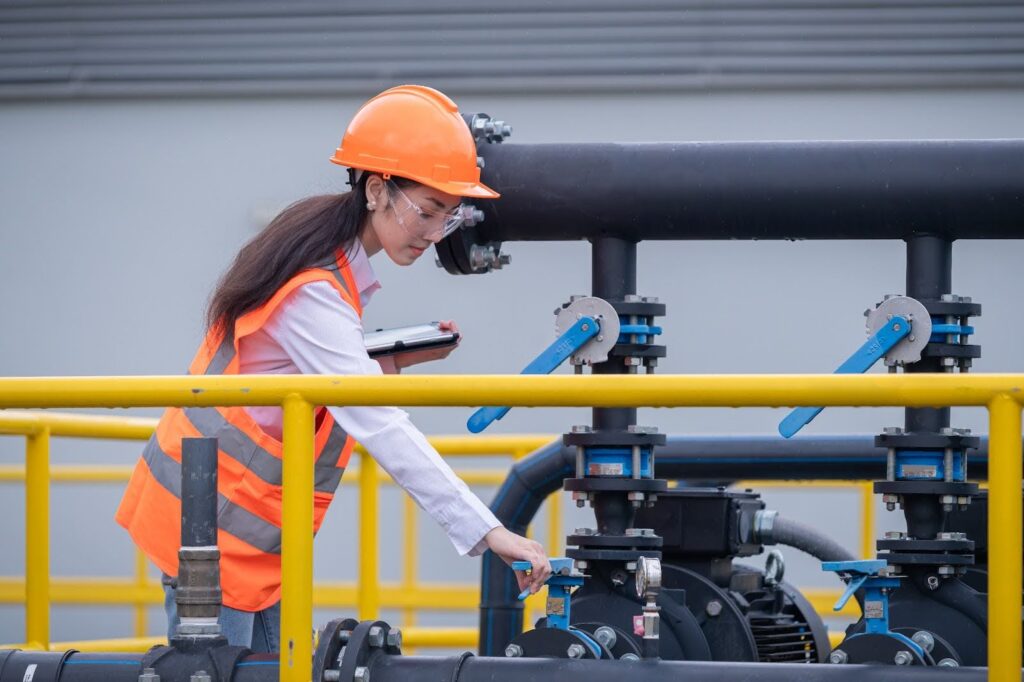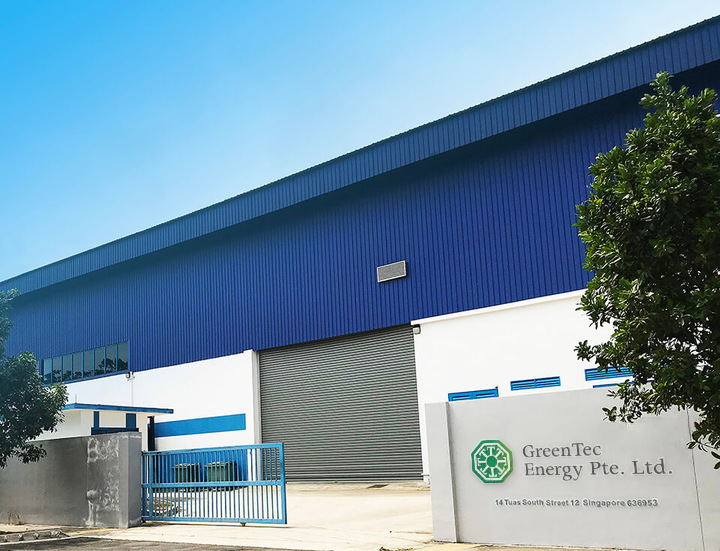What Is Adsorption Technique For Wastewater Treatment?
November 5, 2024

Adsorption technique for wastewater treatment is designed to remove different compounds. It is commonly used for non-degradable organic compounds in groundwater. The treated water will then be used for drinking, processing or cleansing.
Here is a closer look at what adsorption technique for wastewater treatment is along with its advantages and disadvantages:
What Is Adsorption Technique?
The adsorption technique is the process of removing contaminants from water. This is done through the use of specific adsorbent materials. The technique is effective for eliminating various pollutants from industrial wastewater and groundwater.
This includes non-degradable organic compounds and heavy metals. By binding these contaminants to adsorbent surfaces, the water is purified and made suitable for drinking, processing and cleaning.
How Does Adsorption Work in Wastewater Treatment?
Pollutants cling to the surface of materials known as adsorbents. This includes activated carbon, zerolite or bioadsorbents. These adsorbents have a high surface area and microporous structures that allow for increased adsorption capacity.
When wastewater passes through an adsorption column or bed, contaminants are trapped on the adsorbent’s surface. The process continues until an equilibrium adsorption state is reached, where no more pollutants can be removed.
- Activated Carbon: Known for its high surface area, activated carbon is mainly used to remove organic pollutants. It can be made from wood, charcoal and coconut. It can also be used in powder, granular or impregnated form.
- Zeolite: Zeolite is a microporous material used for heavy metals removal. They have a homogenous pore distribution along with polar bonding sites. They are a lot more selective than active carbon due to their well defined pore structure.
- Bioadsorbents: Bioadsorbents like algae, fungi and agricultural waste are gaining popularity for their high adsorption efficiency. They are also eco-friendly and cost effective.
Advantages and Disadvantages of Adsorption Technique for Wastewater Treatment
Advantages
- Effective Contaminant Removal: The adsorption technique is highly effective at removing a wide range of pollutants. This makes it ideal for treating water contaminated by industrial compounds and non-degradable solutions.
- High Adsorption Capacity: The technique provides excellent adsorption capacity. This allows it to trap large amounts of contaminants within the material. This is also due to the high surface area and microporous structure of adsorbents like activated carbon and zeolite.
- Versatility: By selecting adsorbents with particular properties, adsorption can be targeted towards specific pollutants. This includes bioadsorbents for eco-friendly treatment or zeolite for targeted heavy metals removal.
- Environmentally Friendly: Natural adsorbents like bioadsorbents (algae, fungi, and agricultural waste) offer an eco-friendly solution. They help reduce dependency on synthetic materials, lowering environmental impact.
- Cost-Effective: The adsorption technique can be economical, especially in large-scale water treatment applications. This is due to the availability of low-cost adsorbents like agricultural by-products.
Disadvantages
- Regeneration and Disposal Costs: Adsorbents like activated carbon require regeneration to restore their adsorption capabilities which can be costly. If regeneration is not feasible, the spent adsorbents must be safely disposed of, adding to treatment costs.
- Selective Efficiency: Some adsorbents are only effective on specific contaminants. This requires precise selection for optimal results. For example, zeolite is highly selective for heavy metals but not effective on other pollutants.
- Limited Reusability: Many adsorbents have limited adsorption-desorption cycles. This can affect long-term sustainability as it requires frequent replacements.
- Pollutant Specific Constraints: Some adsorbents may struggle with removing certain contaminants while others are only effective at specific PH levels. This can affect the overall efficiency of adsorbent, making it necessary to control water chemistry.
- Sensitivity to Temperature and Pressure: Adsorption can be affected by changes in temperature and pressure. High temperatures can reduce the adsorption capacity of adsorbents like activated carbon. This can reduce its performance, making it challenging to maintain optimal conditions.
Conclusion
Adsorption is a great technique for wastewater treatment. It can effectively remove contaminants by eliminating various pollutants from industrial wastewater. It is also versatile, eco-friendly and cost effective.
Nonetheless, there are disadvantages you should consider such as disposal costs, reusability and sensitivity.
Contact us to find out more.
 GreenTec Energy Pte Ltd (GTE) is a waste management company located in Tuas, Singapore.
GreenTec Energy Pte Ltd (GTE) is a waste management company located in Tuas, Singapore.
Our service includes Industrial waste, Oily waste, Marine waste.
To provide a hassle free solution to our customer is always the key approach and to ensure a win-win situation towards. As a NEA approved environmental company in Singapore, we take all our services seriously and to ensure maximum safety with compliances applied. Every step of our disposal processes are also designed to meet NEA & SCDF requirements, with latest treatment facilities and laboratories to test and treat all incoming waste before disposal.
GTE operates a total land area of about 100,000sqft at 14 Tuas South Street 12 Singapore 636953. With our comprehensive logistics and transportation fleet, we provide prompt and efficient services in transportation of waste to our premises.



